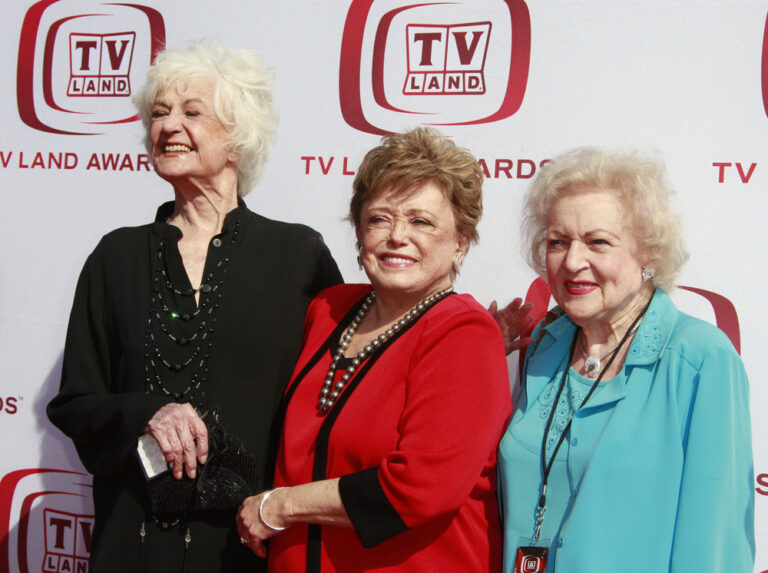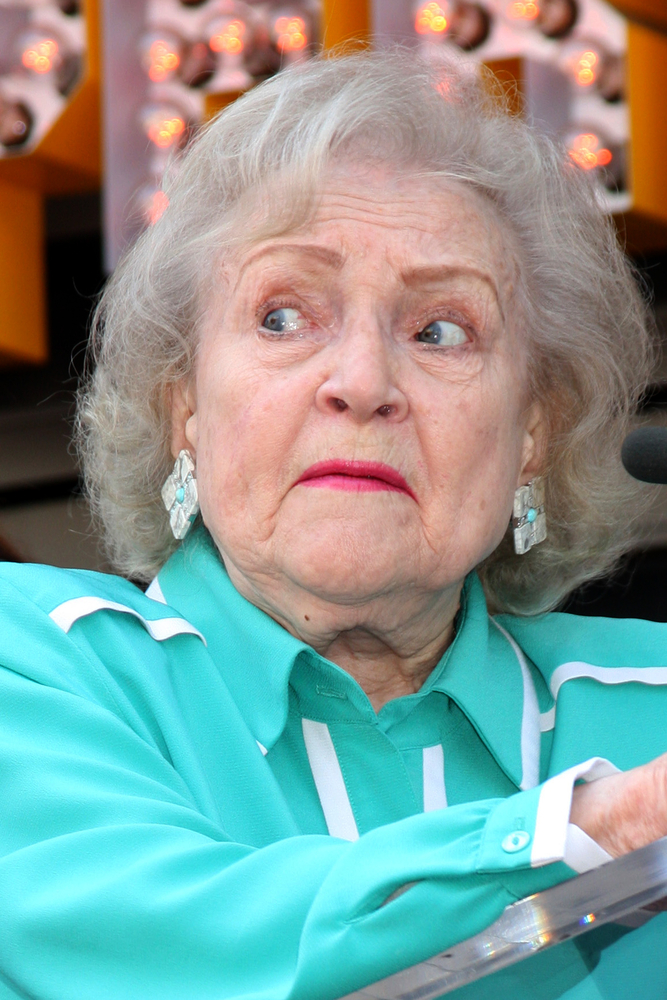‘The Golden Girls’ is a legendary television series that has left an indelible mark on pop culture. From its premiere in 1985 to its final episode in 1992, the show not only became a massive hit but also remained a beloved favorite over three decades later. With its witty humor, strong female characters, and heartwarming themes, ‘The Golden Girls’ is a show worth revisiting. But how well do you really know it? Let’s dive into some lesser-known facts that even die-hard fans might find surprising!
The Show’s Unexpected Success

Despite its eventual success, ‘The Golden Girls’ was not expected to last beyond its first season. NBC executives originally saw it as a niche project, aimed primarily at older audiences. However, it quickly defied expectations, resonating with viewers of all ages. The series’ mix of humor, friendship, and emotional depth made it relatable to a broader audience, leading to its continued popularity.
Estelle Getty’s Real-Life Personality vs. Her Role as Sophia Petrillo
Estelle Getty’s portrayal of Sophia Petrillo, the feisty Sicilian mother with sharp one-liners, is one of the most memorable aspects of ‘The Golden Girls.’ However, behind the scenes, Getty was far different from her on-screen persona. According to Stan Zimmerman, a staff writer for the first season, Estelle was warm, nurturing, and surprisingly shy.
Zimmerman recalls an early interaction with Getty that revealed her caring nature. “She pulled us to the back of the set, and we thought it was to share something secret about the show. Instead, she offered her support, knowing that we were gay and feeling the pressure to hide it.” This personal side of Getty made her even more endearing to those who knew her beyond her TV character.
Estelle Getty Was Younger Than Her Co-Stars
While Estelle Getty convincingly portrayed the oldest of the ‘Golden Girls,’ she was actually younger than Bea Arthur (Dorothy) and Betty White (Rose). This surprising fact meant that the makeup team had to work harder to make Getty appear older than she was. Getty even underwent a facelift during the show’s run, much to the amusement of the crew. Zimmerman remembers the makeup artists’ reaction: “They were jokingly frustrated, saying, ‘Estelle, you’re looking too good! We need you to look older!’”
The On-Set Struggles of Estelle Getty
What many fans didn’t realize was that Estelle Getty faced personal challenges during the show’s tapings. By the second season, she started experiencing symptoms of early-onset dementia. At the time, no official diagnosis was made, but Getty’s anxiety over forgetting lines was evident. The other cast members often shielded her from embarrassment, while the writers and crew found creative ways to assist her. For instance, they would place cue cards around the set or write lines on props to help her during scenes.
Zimmerman recalls, “We even taped lines to her hands or the furniture to help her out, but Estelle always managed to deliver her lines with perfect timing. No one could have guessed what she was going through.”
Betty White’s Surprising Behavior Toward Estelle
Betty White, known for her sweetness both on and off screen, had an unexpected side during tapings. According to Zimmerman, White would often make jokes at Getty’s expense when the latter stumbled over her lines. Initially, this seemed cruel to the young writer, but he later reconsidered White’s actions.
Zimmerman explained, “It took me years to realize that maybe Betty was diverting the audience’s attention away from Estelle’s mistakes to give her a moment to recover.” This shift in perspective shed new light on White’s behavior, suggesting that her actions were more about protecting her co-star than ridiculing her.
Tension Between Bea Arthur and Betty White

Rumors of friction between Bea Arthur and Betty White have circulated for years, and Zimmerman confirms there was some truth to these stories. Arthur, a seasoned theater actress, preferred staying in character between scenes, while White would often chat with the audience during breaks. This difference in acting styles occasionally led to tension on set. However, both actresses maintained professionalism, never allowing personal disagreements to affect their performances.
The Golden Girls’ Rare Tribute to Writers

One unique aspect of ‘The Golden Girls’ was the cast’s respect and acknowledgment of the writing team. In an industry where writers often remain behind the scenes, the four leading ladies frequently praised their writers during interviews and talk shows. Zimmerman expressed deep gratitude for this recognition, noting, “It’s rare for actors to give credit to writers so openly, but the ‘Golden Girls’ always made sure to highlight our contributions.”
No Ad-Libbing Allowed
Contrary to popular belief, ‘The Golden Girls’ was not ad-libbed. Fans often assume that certain scenes or jokes were spontaneous, but the show’s dialogue was tightly scripted. Every word, comma, and pause was carefully written, especially during the first season. Zimmerman recalls, “They said every line as it was written, word for word.” The show’s success can be attributed to this precision, coupled with the actresses’ exceptional delivery.
Conclusion: The Magic Behind ‘The Golden Girls’
The enduring appeal of ‘The Golden Girls’ lies not just in its humor but in the depth of its characters and the authenticity of its storytelling. The series tackled serious issues like aging, friendship, and loss while maintaining a lighthearted tone. Behind the scenes, the camaraderie and challenges faced by the cast and crew only added to the magic. Despite the passing years, the stories and characters remain timeless, continuing to entertain and inspire fans worldwide. Whether you’re a longtime fan or a newcomer to the series, these little-known facts offer a deeper appreciation for one of TV’s most beloved shows.


